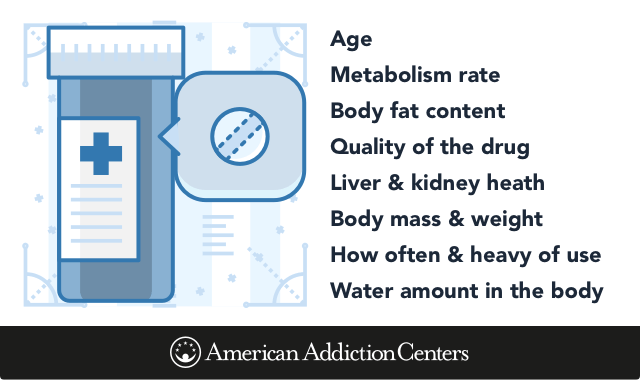Prior to you read on, we thought you might like to download our 3 Positive CBT Exercises free of charge. These science-based workouts will supply you with a comprehensive insight into Positive CBT and will offer you the tools to apply it in your treatment or coaching. You can download the complimentary PDF.
A treatment plan will include the patient or client's individual information, the diagnosis (or diagnoses, as is frequently the case with mental illness), a general summary of the treatment recommended, and space to determine results as the client progresses through treatment. A treatment strategy does many things, the most essential of that include: Defining the problem or disorder Describing the treatment prescribed by the health/mental health expert Setting a timeline for treatment progress( whether it's an unclear timeline or includes particular milestones) Identifying the major treatment goals Keeping in mind crucial milestones and objectives This documents of the most important components of treatment assists the therapist and client remain on the same page, supplies an opportunity for conversation of the treatment as prepared, and can act as a reminder and inspirational tool. While people in comparable scenarios with similar concerns may have comparable treatment plans, it is very important to comprehend that each treatment strategy is special. There are frequently various methods to treat the exact same problem often there are dozens of different paths that treatment might take! No two treatment strategies will be precisely the exact same, since no 2 people's experiences are precisely the same. As kept in mind earlier, all treatment plans are different they are special products of the conversations between a therapist and client, the therapist's clinical knowledge, and the client's shared experience. Even in similar medical diagnoses in comparable people, differences are bound to manifest in any or all of the following components: History and Demographics customer's psychosocial history, history of the symptoms, any past treatment information Assessment/Diagnosis the therapist or clinician's diagnosis of the client's psychological health concerns, and any previous diagnoses will also be noted Presenting Concerns the next problems or symptoms that initially brought the client in Treatment Contract the contract between the therapist and client that summarizes the objectives of treatment Obligation a section on who is accountable for which parts of treatment (client will be accountable for numerous, the therapist for others )Strengths the strengths and resources the customer brings to treatment( can include household assistance, character strengths, material assistance, etc.) Treatment Goals the" building blocks" of the plan, which need to specify, practical, tailored for the client, and measurable Objectives objectives are the bigger, more broad results the therapist and customer are working for, while several goals comprise each objective; they are small, achievable steps that make up an objective Modality, Frequency, and Targets different techniques are typically used to different objectives, requiring a strategy that pairs methods, a frequency of sessions, anticipated conclusion date, and so on, with the respective goal Interventions the techniques, exercises, interventions, etc., that will be applied in order to work towards each objective Progress/Outcomes an excellent treatment mental health physician fort lauderdale strategy must include space for tracking progress towards objectives and objectives( Good Therapy, 2016) The therapist and customer will collaborate to get this information down on paper, with the therapist contributing https://zenwriting.net/tiniano942/miller-2006-points-out-the-continuum-of-dedication-strength-shown-in-a his or her expertise in treatments and treatment results, and the client contributing know-how in his or her own life and experiences. These advantages include: Treatment strategies supply a guide to treatment for both the therapist and customer. Treatment plans can reduce the risk of fraud, waste, abuse, and the potential to trigger unintended harm to customers. Treatment plans help with easy and reliable billing given that all services rendered are documented. Treatment plans can assist smooth any potential bumps in treatment, specifically if a client requires a kind of treatment the primary therapist can not supply( e.g., a certain type of intervention or a prescription for medication) or should see a brand-new therapist for some other factor (e.g., if the customer or therapist has moved, or the therapist is on extended leave, Good Treatment, 2016). Treatment plans are not always needed to offer or get effective treatment, but they can be incredibly valuable in helping with a smooth and problem-free treatment experience. Objectives and goals will differ tremendously from someone to the next, especially those facing really various problems. If you or your client is devoted to change but isn't rather sure where to start, this link of potential goals can stimulate a helpful discussion about where to go from here. For example, a common objective for those fighting with drug abuse might be to give up using their drug of option or alcohol, while a patient fighting with depression may set an objective to reduce their self-destructive thoughts. In general, these objectives ought to be.

practical they must be affordable, offered the client's general experience and wishes for the future (which substitute drug is used in heroin addiction treatment programs?). For example, a goal for a private with extreme anxiety might be to take 10 steps outside their front door. The next goal may be to make it to the neighborhood market, or approximately 30 actions outside their front door. Fulfilling each objective will eventually lead you to fulfill the goal.
